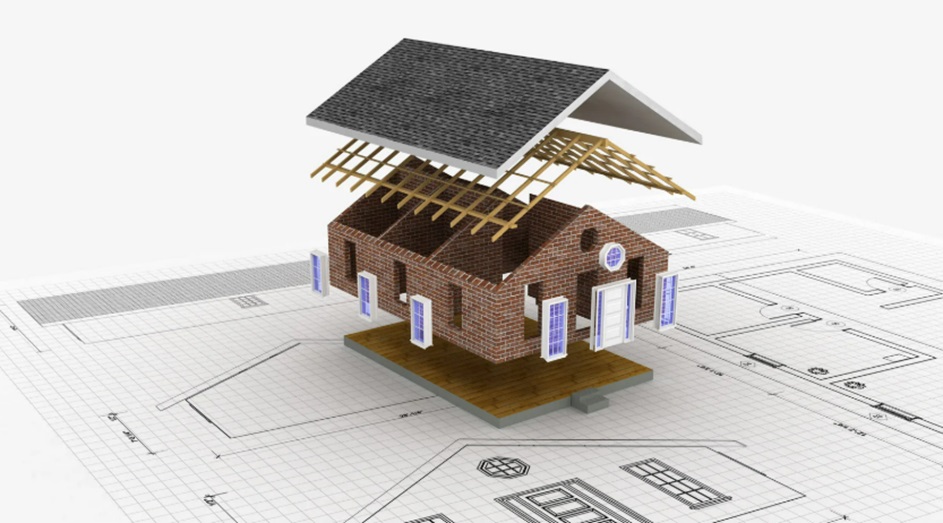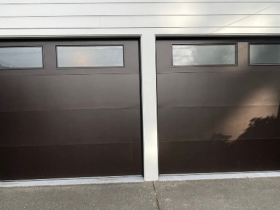Designing your dream home is a deeply personal journey—one that blends creativity, function, and emotion. The right architects don’t just draw up floor plans; they help bring your vision to life, translating your lifestyle needs into a tangible, livable space. Working with an experienced residential architect in Atlanta can make this process both inspiring and efficient.
Understanding the stages of collaboration helps set clear expectations and builds a strong foundation for success.
Step 1: Discovery and Initial Consultation
Every great design begins with a conversation. Your first meeting with a residential architect is all about getting to know each other. This is when you’ll discuss your goals, design style, must-haves, and the overall vision for your home.
Setting Priorities
During this phase, you’ll also share your budget, timeline, and preferences for materials or architectural style. The architect will gather site information and evaluate factors like zoning, building codes, and land characteristics that may influence the design.
Step 2: Conceptual Design
Once your goals are defined, your architect begins translating ideas into concepts. This includes basic sketches or 3D models that show the home’s layout, spatial relationships, and general style.
Exploring Options
This stage is highly collaborative. You’ll review different layout options, room sizes, and features like natural lighting, ceiling heights, and circulation flow. The goal is to refine the design until it aligns with your lifestyle and preferences.
Step 3: Design Development
With a general concept approved, your architect begins refining the design. This phase involves more detailed drawings and the selection of materials, finishes, and systems (like HVAC, plumbing, and lighting).
Blending Aesthetics and Function
This is where your vision begins to take shape in realistic, buildable terms. You’ll be able to see how materials and finishes impact the space and confirm that design choices align with both your style and your practical needs.
Step 4: Construction Documents
Once the design is finalized, your architect prepares detailed construction drawings and specifications. These documents are used for bidding, permitting, and guiding builders throughout the construction process.
Precision and Permits
Construction documents include everything from floor plans and elevations to structural details. These plans ensure that every contractor involved understands the project’s requirements, which helps avoid delays and cost overruns during construction.
Step 5: Construction Oversight and Support
Many residential architects offer construction administration services, acting as your advocate throughout the building process. They make site visits, answer questions from contractors, and ensure the design is executed properly.
Guiding the Build
Having your architect involved during construction helps maintain design integrity and quality control. They can catch issues early, make necessary adjustments, and ensure the final result lives up to your expectations.
Read more: The Process of Designing a Custom Home with Residential Architects
Conclusion
Designing a home is more than just selecting floor plans—it’s about creating a space that reflects who you are and how you live. Partnering with an experienced residential architect brings both creativity and technical expertise to the process, helping you make informed decisions at every stage. From concept to construction, this collaboration ensures your dream home is thoughtfully designed, beautifully built, and uniquely yours.










